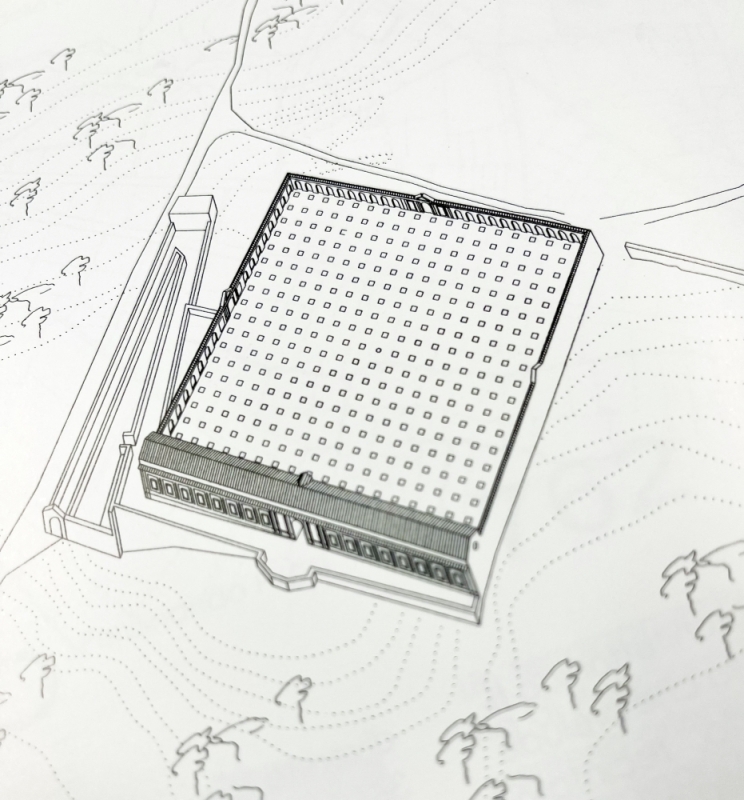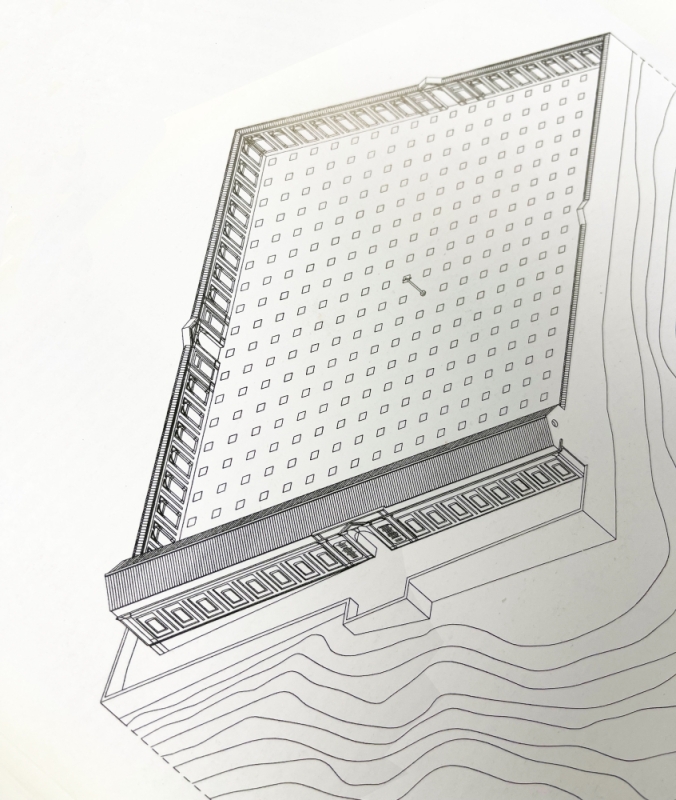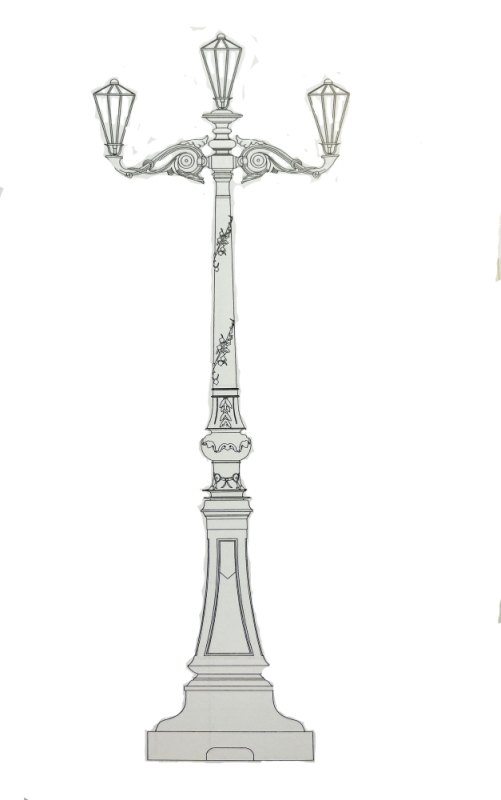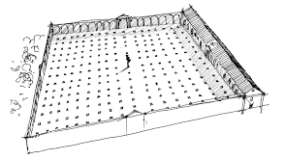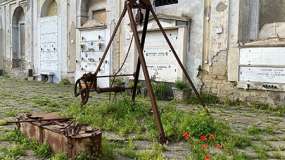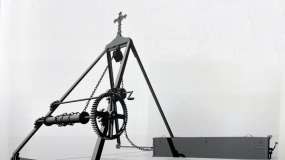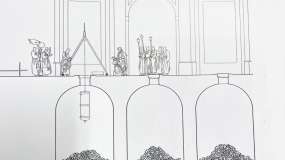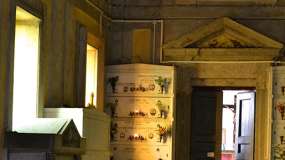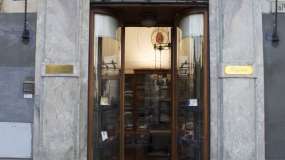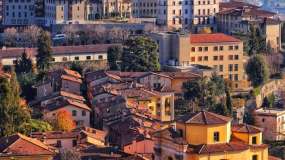Naples is one of the most fascinating Italian cities, rich in history, culture and, of course, art. All this is certainly due to its historical past, starting from the Greeks up to the present day, but it was in 1700 that under the House of Bourbon it took on the true face we still know today, becoming one of the European capitals of culture. In fact, it was in the 18th century, defined as the golden century for Naples, that King Charles of Bourbon commissioned the construction of large building works such as the residences of the Capodimonte and Portici palaces and the first opera house in Europe, the Teatro San Carlo. . But then, succeeding him, continuing his work of building renovation, King Ferdinand IV commissioned the Florentine architect Ferdinando Fuga two works that symbolize European enlightened piety: the gigantic Real Albergo dei Poveri (a building with a 360-metre-long facade) and the 366 Fosse Cemetery.
This last one, in particular, was a pioneering initiative for the prevention and containment of epidemics, but above all a great social work for those poor people who, decimated by famine and pestilence, were "thrown" into mass graves, such as the one under the Ospedale degli Incurable, nicknamed swimming pool, or in abandoned tuff quarries, such as that of the Fontanelle Cemetery (filled up to almost full during the plague epidemic of 1656).
And it is in this climate that in 1762 the architect Fuga, just outside the city walls, began the design and construction of the Geniale Cemetery on the Poggioreale hill. Here, in the central courtyard, arranged in 19 rows with 19 pits per row, with the exception of the central one which has 18, 360 pits were built + another 6 in the central body for a total of 366 pits (one for each day of the year, including the leap year). Each one measured 4.20 x 4.20 meters and had a depth of 7 meters and were sealed with piperno stones with a progressive number carved on them. The inhumation followed a chronological criterion: every day the one corresponding to the day of the year was opened and, once the names had been registered on a special register, it welcomed the people who passed away on that day. In the evening the same was sealed, not before being sprinkled with lime, to be reopened only after exactly one year, thus limiting the risk of contagion. In 1764, due to the epidemic of putrid fevers, this place of rest in just 7 months welcomed about 40,000 corpses coming directly from the Hospital of Santa Maria degli Incurabili. Closed in 1890, it is thought that over a million bodies have been deposited here in just over a century.
Two curiosities: pit number 60 was opened every 4 years because it represented February 29 (which falls on the 60th day of the year every 4 years in the leap year), while the 6 pits from 361 to 366, referring to the period between on December 25th and 31st, they are housed in the central body indoors, instead of in the central open-air courtyard, precisely because they fall within the most important period for Christianity.
The cemetery of the 366 Fosse, in a city like Naples where the one for the deceased is a true cult, is a place full of memories, a testimony of a tragedy that struck a city and a community, but it is also a place of great interest both historical and enlightened humanity. A place to celebrate life through the memory of those who have shared this land with us, gathering the energies of the past in a strong connection between the earth and the afterlife, but above all gathering the witness of those who, with a spirit of human solidarity, designed and built this cemetery to give a more worthy burial to even those who could not afford it.
Abandoned for a long time and made open to visitors again thanks to a recovery project commissioned by the Management Committee of the Archconfraternities of the Diocese of Naples chaired by Father Salvatore Fratellanza, by the Archconfraternity of Santa Maria del Popolo agli Incurabili and with the Department of Architecture and Industrial Design of the Vanvitelli University, today the cemetery of 366 was a place of great emotion and study where, in a tragic historical period for the poor Neapolitans, pity won over indifference in the context of a great engineering project unique in the of its kind in the world and which in fact made it the first public cemetery in Europe.
The cemetery can be visited accompanied by a guide by booking on MeTour at this link: https://www.metour.it/cose-da-fare/visita-guidata-al-cimitero-storico-delle-366-fosse-a-napoli /


